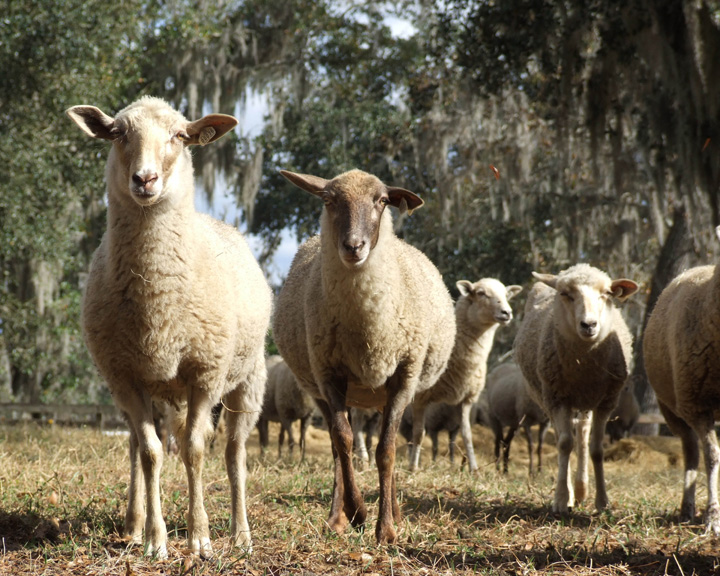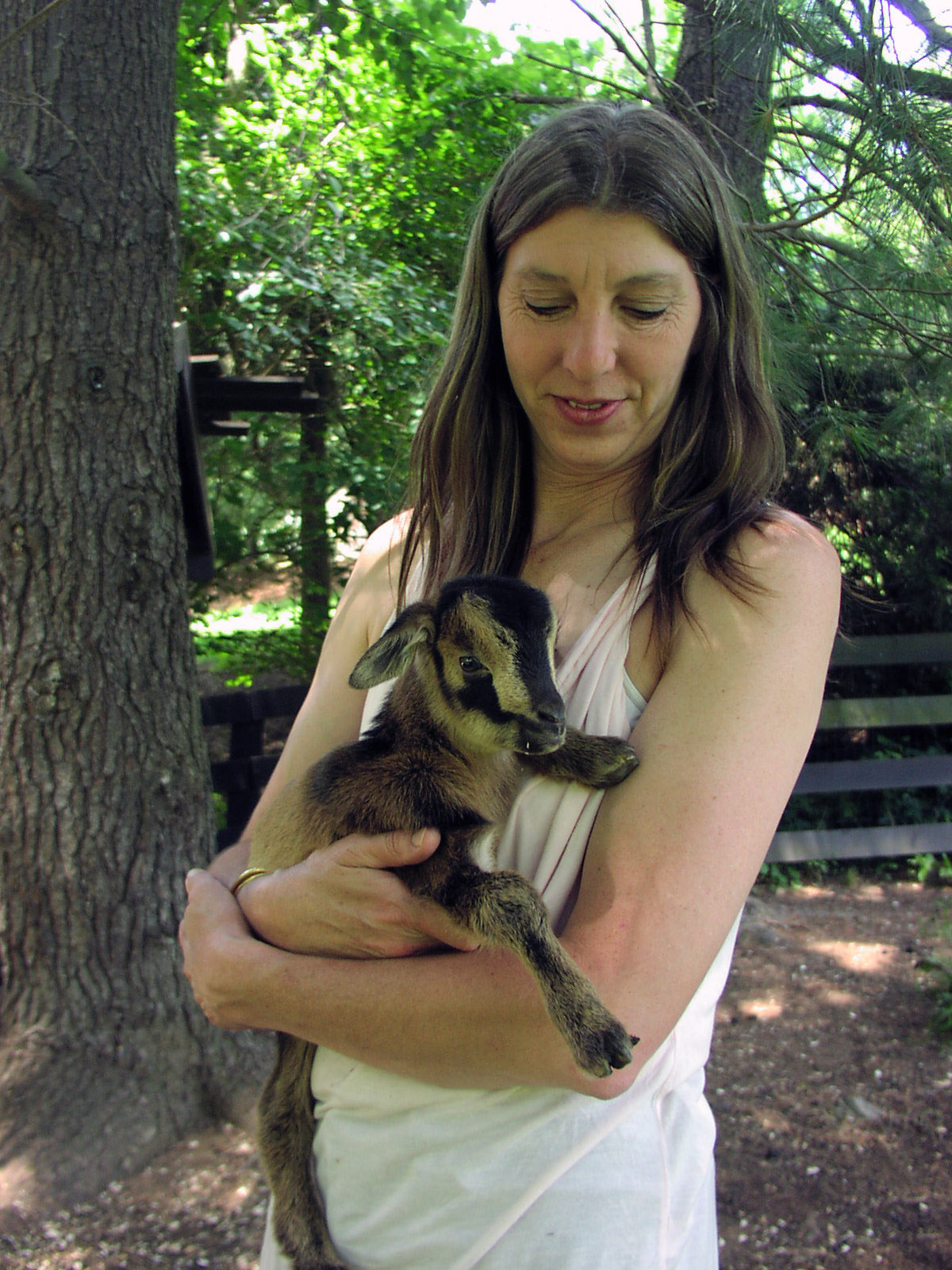HOW IS THE CPL DETERMINED?
 Each year, The Livestock Conservancy publishes its annual Conservation Priority List. The Livestock Conservancy is often asked how this list is generated and how conservation levels are determined. We hope the following explanation will help explain and clarify the process.
Each year, The Livestock Conservancy publishes its annual Conservation Priority List. The Livestock Conservancy is often asked how this list is generated and how conservation levels are determined. We hope the following explanation will help explain and clarify the process.
How does The Livestock Conservancy determine a livestock breed’s status in the U.S.?
The Livestock Conservancy monitors most mammalian livestock populations through their respective breed associations. Each year, The Livestock Conservancy requests registration data from breed associations. These data are indicators of active breeding populations in a given year. For standardized breeds of American origin, this may determine the breed’s conservation category. A few breeds do not have breed associations. These are mostly landraces. In these circumstances, The Livestock Conservancy works directly with breeders to understand their herds/flocks and estimate breeding populations. The Livestock Conservancy also tries to help breeders organize themselves to support conservation. Such organization often has as the valuable byproduct of easier access to population information.
Why does The Livestock Conservancy only count registered animals?
Registered animals are those with documented pedigrees. Assuming that registries are operated with integrity (an assumption we make), we know registered animals to be purebred. Generally, animals that are intended as breeding stock are registered and will contribute their genes to the next generation. Historically, unregistered animals had jobs other than breeding. Most breed associations for standardized breeds have no system for re-claiming presumed purebred animals that are not registered. Therefore, undocumented purebreds are both excluded and lost from the purebred population, as are any unique genes that individual animals might carry. This makes continuity of pedigree registration from generation to generation very important. While this approach results in an undercount to varying degrees, it does consistently count those animals most likely to contribute to the next purebred generation
How does The Livestock Conservancy determine the status or conservation category for each poultry breed?
Poultry censusing is different than censusing for mammalian livestock. Poultry censusing requires a much more extensive approach to get a comprehensive picture. With poultry, the Conservancy contacts hatcheries, known major breeders, and the Livestock Conservancy members. The Livestock Conservancy also sends out surveys through the American Poultry Association, breed clubs, and the Society for the Preservation of Poultry Antiquities. The Livestock Conservancy advertises its poultry census in magazines and makes the survey available on the The Livestock Conservancy website for anyone and everyone. We try to reach as many people as possible. We also gather information from individuals.
When The Livestock Conservancy performs a poultry census, what is counted?
When The Livestock Conservancy collects poultry census information only breeding stock are counted. These are the birds that will contribute to the next generation. If an individual is keeping just one bird, or a few hens with no intention of breeding, these will not be included.
 How does The Livestock Conservancy determine global population numbers for poultry?
How does The Livestock Conservancy determine global population numbers for poultry?
The Livestock Conservancy’s mission is genetic conservation so we monitor global populations. This information provides us with a context for international breeds. This is a softer number but is a valid indicator of global population. Global populations are estimated using data gathered by international conservation organizations including Rare Breeds Survival Trust, Rare Breeds Canada, Rare Breeds Australia, the Food and Agriculture Domestic Animal Diversity database (FAO DAD-IS), and similar organizations. The Livestock Conservancy also mines U.S. and international publications to glean information about global population numbers. Additionally, The Livestock Conservancy staff communicates with colleagues and conservationists around the world to further explore international population numbers. Global data is much more difficult to obtain for poultry. The Livestock Conservancy draws on the FAO DAD-IS database and information from sister international conservation organizations. The Livestock Conservancy asks many questions of the global data: is the breed in the other countries the same breed as that found in the U.S.? Is the data source reliable? Does the data make sense, based on what we know and what we are able to learn from national and international colleagues? Answering each of these questions will lead us to a determination of endangered status.
How is U.S. and global information used?
The Livestock Conservancy has developed parameters for inclusion of breeds on the Conservation Priority List. These parameters also guide our annual review of the breeds. Click here to see the parameters.
The Livestock Conservancy seeks to put breed populations into a national and global context therefore The Livestock Conservancy uses both U.S. and global numbers in the annual review of its conservation priority list and to determine a breed’s status.
For additional questions about how The Livestock Conservancy determines the annual CPL please contact us.
